Keeping up with the trend of modern agricultural production, farmers in localities in the province have paid attention to applying science and technology, introducing new plant and animal varieties into production to improve productivity and product quality.
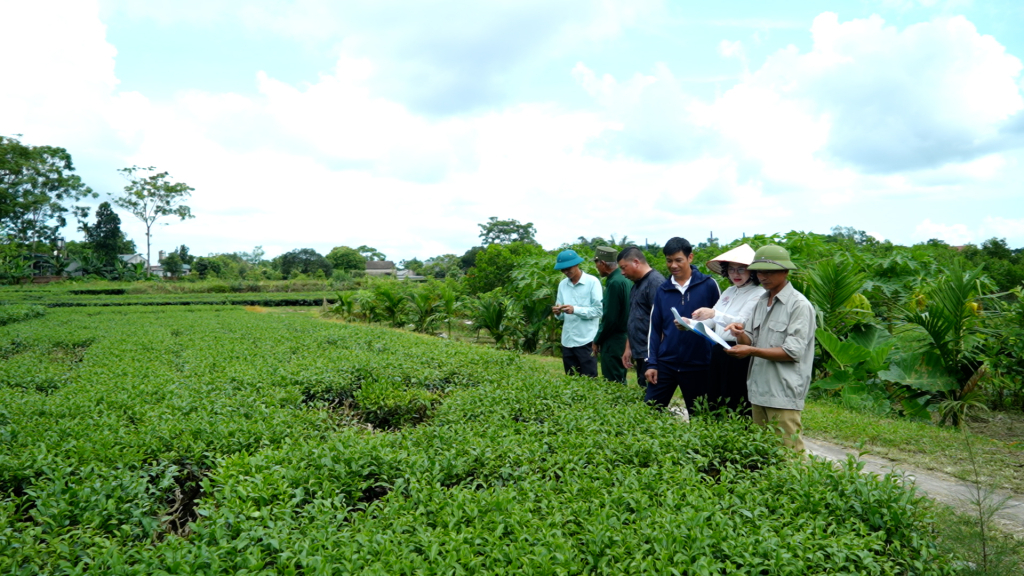
In production, people have proactively changed their mindset from agricultural production to agricultural economics ; transformed the structure of crops and livestock, used organic fertilizers, applied science and technology, mechanized the fields, such as: combine harvesters, unmanned aerial vehicles spraying pesticides; applied automatic irrigation systems controlled by phone, greenhouses, net houses... In addition, many models of land accumulation and concentration with crops of high economic value have formed large-scale commodity production areas, building product brands...
Typically, in Hai Ha district, the locality has focused on increasing the value of tea trees by encouraging people to continue to change the structure of tea varieties. In particular, the district supports, trains, and transfers techniques to people to plant new and replace old, low-yielding, low-quality tea varieties with varieties that are resistant to pests and diseases, high-yielding, and high-quality, such as Ngoc Thuy, Huong Bac Son, Kim Tuyen... Thereby, increasing the area of new tea varieties in the whole district to over 85% by 2030.
Mr. Chung Van Tac (village 9, Quang Long commune) shared: In recent years, thanks to the policies and changes in the way of planting and processing tea trees, tea growing households have been trained and supported to convert planting and processing areas according to VietGAP standards to increase output, productivity and quality of crops, thereby increasing both output and price. Thereby, creating sustainable value for tea growing areas and a stable economy for growers.
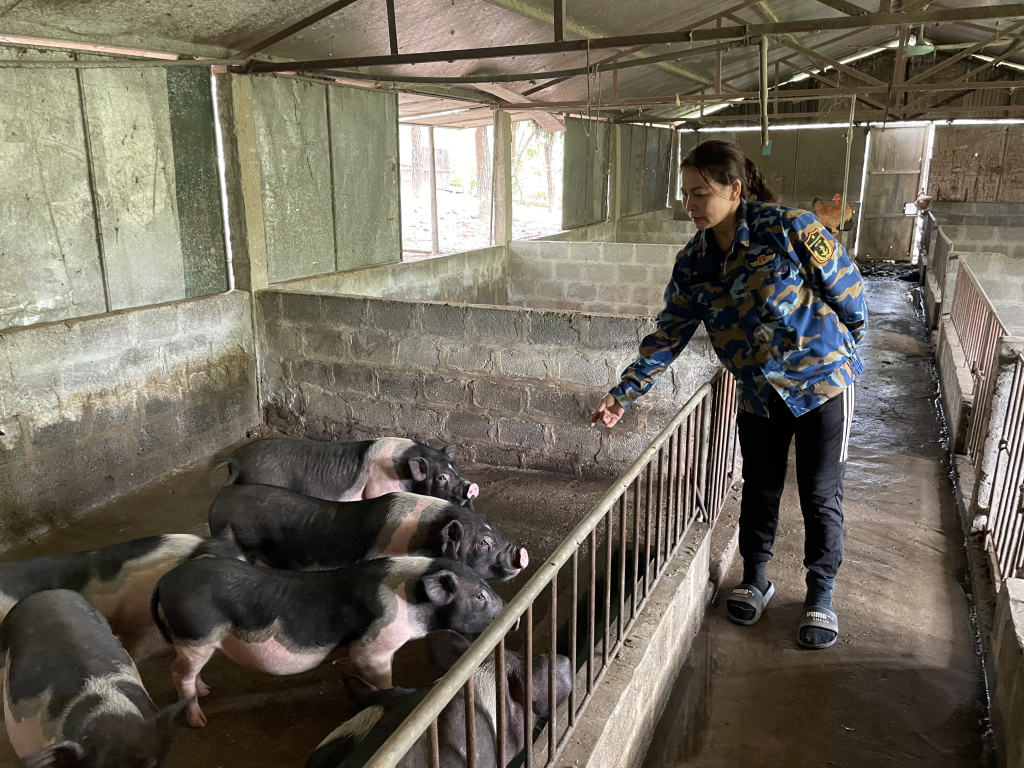
With the goal of providing clean Mong Cai pork products to consumers, members of An Loc Organic Agriculture Cooperative (Mong Cai City) have established an organic farming process combined with semi-natural grazing in hill gardens. The feed used in farming is mainly vegetables, corn, bananas combined with rice bran... Thanks to that, the market is provided with quality, delicious commercial meat products, highly appreciated by consumers. Currently, An Loc Organic Agriculture Cooperative is becoming a trusted address specializing in providing clean Mong Cai pork for consumption in and outside the province. In particular, this model is often selected by Mong Cai City to participate in provincial OCOP fairs and is being successfully replicated by members of the Cooperative. According to Ms. Nguyen Thi Loan, Director of the Cooperative, organically raised pigs have a wide range of outputs and bring higher incomes. Thanks to that, natural farming models in the Cooperative are increasingly developing and increasing in scale. With a clean, safe, and environmentally friendly farming process, the Mong Cai clean pig farming model of the Cooperative has been granted a certificate of food hygiene and safety by Mong Cai City. This is a condition for the Cooperative to continue to develop, expand the market, and gradually build a solid product brand.
The whole province currently maintains 1,070 hectares of crop growing areas certified to meet VietGAP standards; 94 hectares of high-quality rice; 420 establishments applying advanced quality management programs; 46 planting areas with codes; 6 fresh fruit packaging establishments... Among them, there are many outstanding models: Production of yellow sticky rice certified with VietGAP in Dong Trieu town, area of 150 hectares; safe vegetable growing areas concentrated in Quang Yen, Ha Long, Cam Pha, Dong Trieu, Hai Ha, total area of 348 hectares, output of over 31,520 tons; flower growing areas concentrated in Ha Long, Dong Trieu, Quang Yen, total area of 451 hectares, output of 131 million flowers; arrowroot growing areas concentrated in Binh Lieu, Tien Yen, total area of 250 hectares, estimated output of 10,875 tons; Tea growing areas are concentrated in Dam Ha and Hai Ha, with a total area of 544 hectares and an estimated output of 3,690 tons.
It can be said that, in order to catch up with the trend of modern agricultural production, people in the province have been gradually changing their thinking, shifting from traditional agricultural production to agricultural economics with new, modern and safe farming methods. From the innovation in people's thinking and working methods, in recent years, agricultural production has had positive changes, many models of cultivation, livestock and aquaculture have brought about outstanding economic efficiency. However, to motivate people to develop production, localities need to increase the transfer of science and technology, support people in the process of applying them in practice. In addition, continue to create favorable conditions for businesses to invest in agriculture, form sustainable production chains, produce products under contracts, and meet market requirements.
Source


![[Photo] Cat Ba - Green island paradise](/_next/image?url=https%3A%2F%2Fvphoto.vietnam.vn%2Fthumb%2F1200x675%2Fvietnam%2Fresource%2FIMAGE%2F2025%2F12%2F04%2F1764821844074_ndo_br_1-dcbthienduongxanh638-jpg.webp&w=3840&q=75)








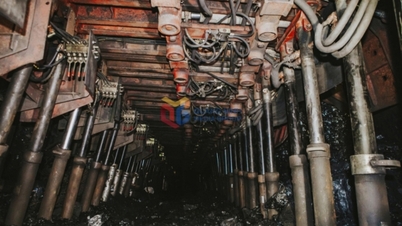
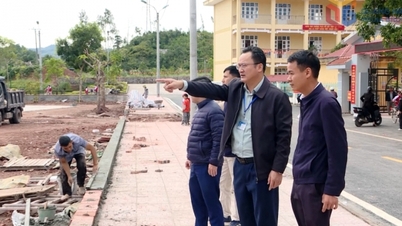
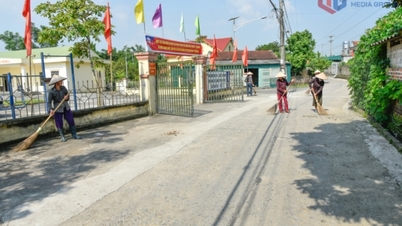

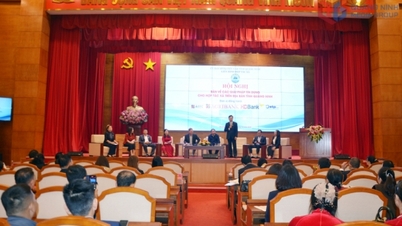







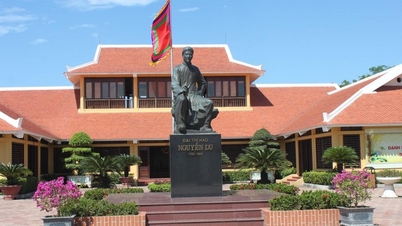
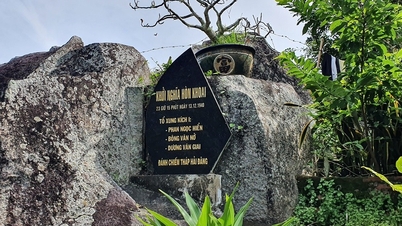


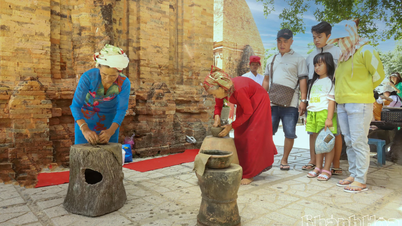







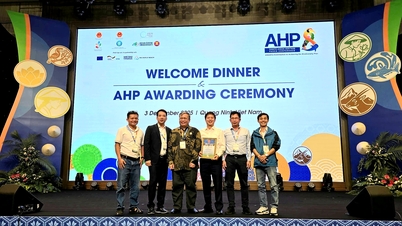

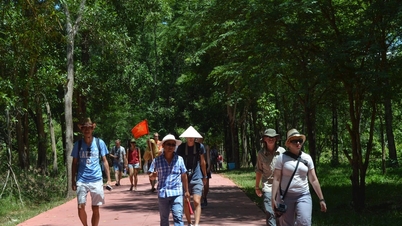




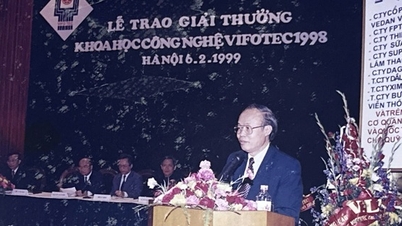

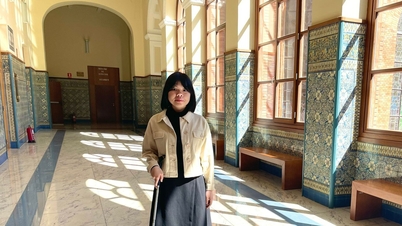

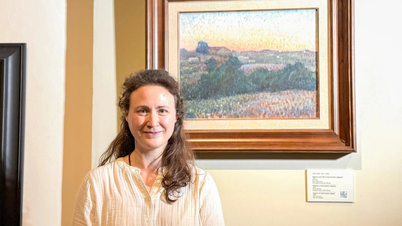


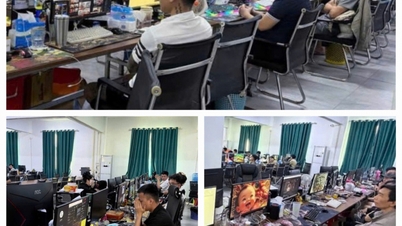
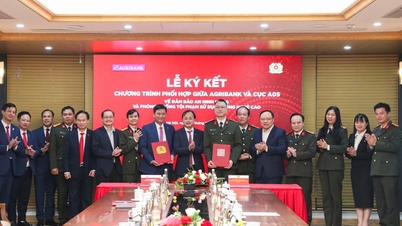

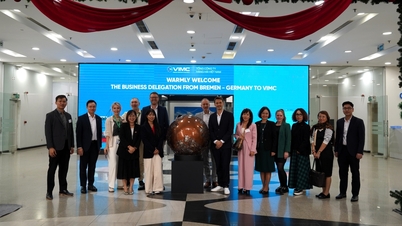
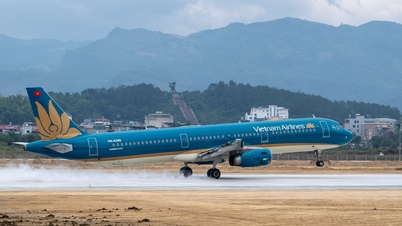









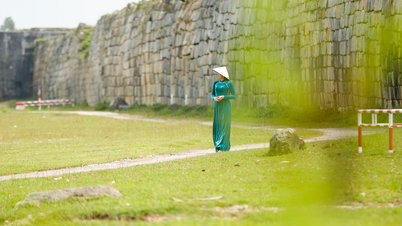
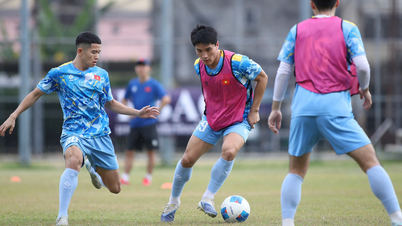
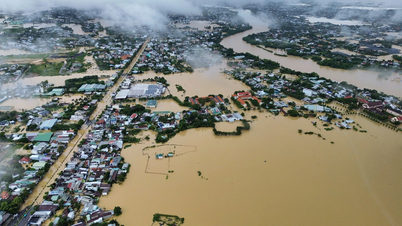



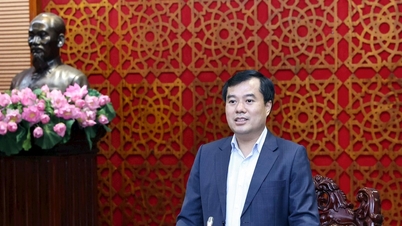
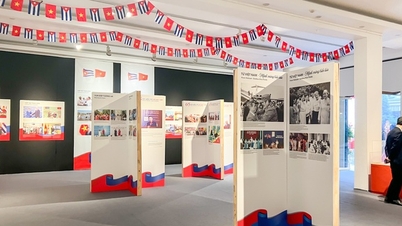




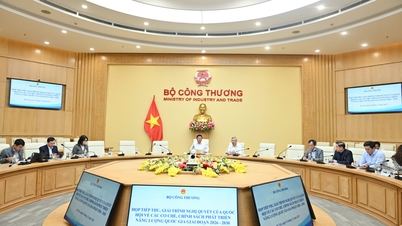




























Comment (0)